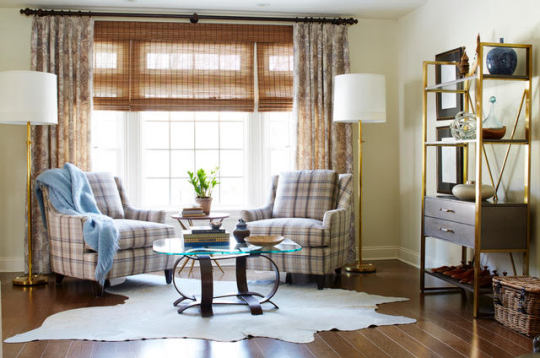Another view of one of our favorite projects. Love it when our client’s great grandmother’s hand made throw happens to work in perfectly with the photo shoot!

Another view of one of our favorite projects. Love it when our client’s great grandmother’s hand made throw happens to work in perfectly with the photo shoot!


This month’s Wellnotes delves into the principles of “Livable Design”, more commonly referred to as “aging in place”. When we think about “aging in place” we think of wider doorways or higher electrical outlets. A recent statistic however, shifted our focus from a physical to an emotional point of view: “Half of nursing home residents are placed there, not for health reasons but the absence of social interaction due to a lack of accessibility”. A large part of a designer’s job is to implement designs so that social connections aren’t lost and more importantly, don’t look like an after thought. As Aging in Place Specialists (CAPS) we can recommend many design options that not only speak to an aging population, but also benefits families with young children planning on staying in their homes indefinitely, such as:
Livable design is a thoughtful design process that can be implemented now and work for all ages.
Our interiors are designed to be highly personal. We ensure that you’re surrounded with design that’s meaningful and represents you authentically—so that you’ll thrive. Give us a call or email us. We’d love to get to know you and help you create an uplifting environment.
ABOUT
Fiori Interior Design (FID) is a boutique interior design firm that creates beautiful environments that inspire wellness. We transform homes into uplifting places - where everyone can thrive.